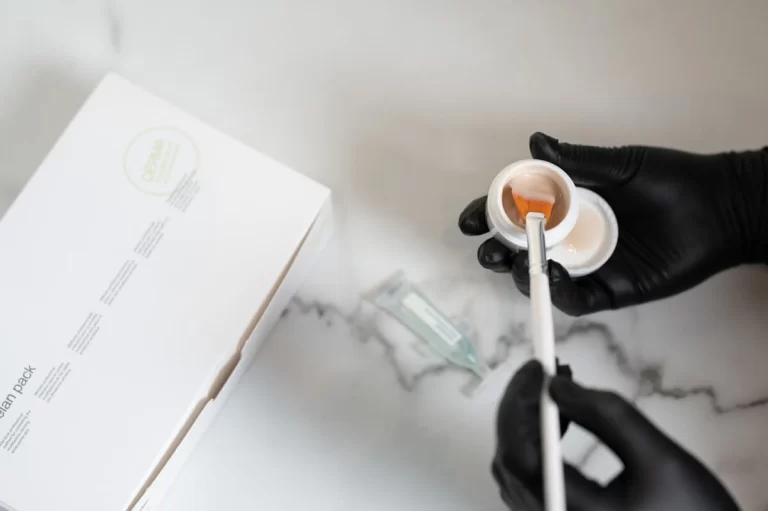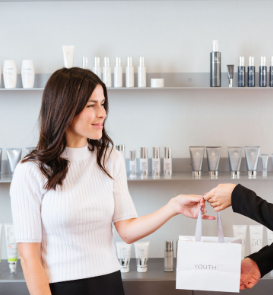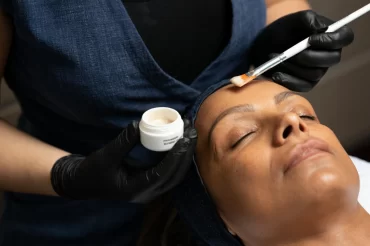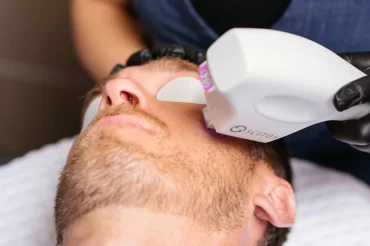Acne and congestion

Acne is a common disorder which can affect a wide number of people in society. From adolescents and teenagers, to late onset acne after the age of 20 and even those who develop it during menopause.
Both men and women of all races are affected with women often falling into two categories – post adolescent acne from the teenage years into adulthood and late onset acne which develops later in life (often without a history of acne in the teen years).
The psycho-social effects of acne can be devastating, it can affect self esteem, relationships, careers and is not related to the severity of the acne. Every sufferer will have their own story.
Those who suffer from acne have often sought help from multiple sources from home remedies, over the counter treatments, beauticians, skin therapists, GPs and dermatologists. Treatment is long term and results take many months. It takes a commitment from the patient and the treatment provider.
FAQs
What causes acne?
Acne occurs when there is a blockage of the sebaceous gland within the skin, which causes an inflammatory response. This results in comedones (blackheads and whiteheads), pustules, papules, and cysts and can cause scarring.
Acne most commonly affects the face but can also affect the neck, chest and back. Severity is graded according to the number and type of lesions on the skin.
Acne is complex and is due to a multitude of factors.
The progression of acne can be see as:
- Stage 1
Androgenic hormones influence the amount of sebum (oils) produced by the sebaceous gland. The sebum binds together dead skin cells and other matter causing a blockage, as well as a fertile environment for bacteria. - Stage 2
The colonization of P. acnes bacteria initiates inflammation. - Stage 3
Fast skin cell turnover (keratinisation) occurs not only on the surface of the skin, but also within the follicle, further adding to congestion.
Hormonal factors impact the development of acne by releasing androgens which stimulates sebum production.
In certain conditions such as polycystic ovarian syndrome there is an excess of androgens and thus higher rates of acne. Increased release of androgens from the adrenal glands during stress can also promote excess sebum and result in acne.
Medications such as steroids, hormones and anticonvulsant medications can also provoke flare ups of acne.
Lifestyle factors can also exacerbate acne. Acne can flare during times of stress and there is emerging research on diet and acne. High inflammatory diets (resulting in excess insulin release) including gluten, dairy and sugar can contribute but do not cause acne.
The use of oily and cream based cosmetics and skin care products can promote plugging of the pilosebaceous unit and result in comedone formation. Heat, friction and trauma to the skin can also exacerbate the condition.
What are the available treatments for acne?
Effective treatment of acne targets all of the steps of the cases of acne and combination therapy is essential to target these:
- Abnormal keratinisation of the pilosebaceous opening
- Increased sebum production by the sebaceous gland
- Colonisation of P.acnes bacteria
- Inflammation
Topical products such as cleansers, serums and creams containing active ingredients such as glycolic acid, lactic acid, azelaic acid, mandelic acid and salicylic acid act as keratolytics which exfoliate the skin and help reduce sebum production and the formation of comedones. Other products can be used as spot treatments such as tea tree oil.
Topical preparations containing retinol act as keratolytic agents and decrease the formation of new acne lesions and control oil production. Options range from cosmeceutical grade retinoic acid to prescription tretinoin creams for more severe cases. These products must be introduced slowly and occasionally the skin can be irritated and sensitised to the sun on initial use.
Hormonal treatments and antiandrogen treatments may be required when acne is driven by underlying hormonal factors. Androgens are the driving force behind sebum production and if balance is not maintained acne will persist.
Patients with PCOS must be diagnosed correctly and initiated on appropriate treatment which may include the combined oral contraceptive pill, those with hormonally driven acne (such as premenstrual) will also benefit from the COCP. In more resistance cases antiandrogen therapy with other medications may be considered in those not responding to the pill.
A course of antibiotics may also be needed for advanced acne, especially when there is significant inflammation. Tetracycline antibiotics will treat the underlying bacterial cause as well as have an anti-inflammatory effect on the skin.
Sometimes a course of antibiotics is needed to settle the skin prior to any topical treatments. Courses may be required up to 6 months and repeated with flares of acne.
Oral Isoretinoin (Roaccutane) is used if acne is resistant or severe. It can only be prescribed by a dermatologist in Australia.
How do we treat acne at Youth Lab?
Treatment of acne is multifactorial and all stages and triggers of acne must be treated in order to get long term results.
At Youth Lab acne treatments may involve both our dermal therapists, cosmetic nurses and doctors to ensure all options are considered. An acne treatment plan will be established following an extensive consultation.
At this time diet and precipitating factors will be discussed, current skin care will be reviewed and a simple plan will be established consisting of new home care products and in clinic treatments. Depending on progress treatments may be stepped up and involve prescription medication and doctor involvement.
At Youth Lab we will prescribe a full home care regime of effective products, often this will mean ceasing existing products and starting fresh.
All our acne patients at Youth Lab are advised to go on a low GI diet consisting of low gluten, dairy and sugar to reduce the effects of insulin and insulin-like growth factor-1 (IGF-1) which may result in insulin production leading to excess inflammation and androgen production.
In addition to home care and lifestyle modifications, a course of treatments in the clinic will also be required for optimal outcomes.
Our doctors are experienced in managing these conditions and are available to review more complex cases, in some cases prescription medicines may be required as detailed above.
What are our recommended treatments?
As with many of the treatment recommendations at Youth Lab, a combination of treatments may be required for optimal results.
Please note that the below is a reference point and full treatment recommendations will be made following a consultation.
Acnelan
The Acnelan system developed by Mesoesthetic is an advanced acne peel which is specifically formulated to target all aspects of acne causes.
Forever Clear BBL
The Forever Clear BBL treatment uses the power of BBL light to treat acne effectively and with minimal down time.
Hydrafacial
The Hydrafacial uses light acid peels to act as keratolytics and extracts impurities, debris and opens comedones to clear out the pores.
Clinical Peels
Clinical peels containing higher percentages of enzymes, alpha and beta-hydroxy acids and other anti-inflammatory and exfoliating agents are exceptional treatments.
Healite LED
Low level light therapy with the Healite II LED targets the P.acnes bacteria which causes acne, using the blue light 415nm.
RF Microneedling
Using RF (radio frequency) energy and skin needling technology combined this treatment can target inflammation deep within the pores and assist in resurfacing the skin.




